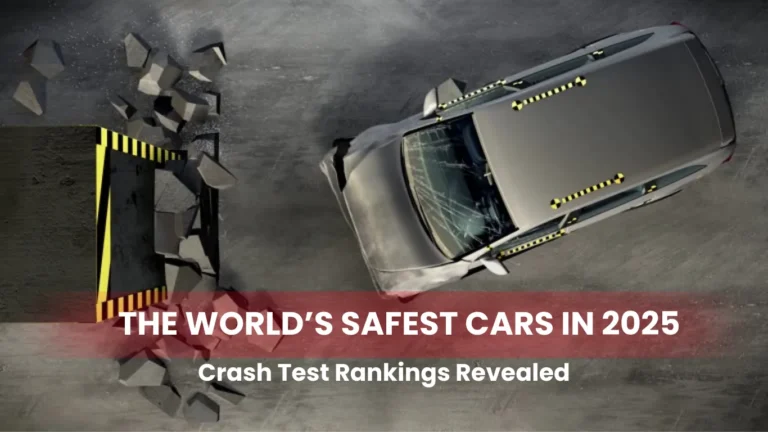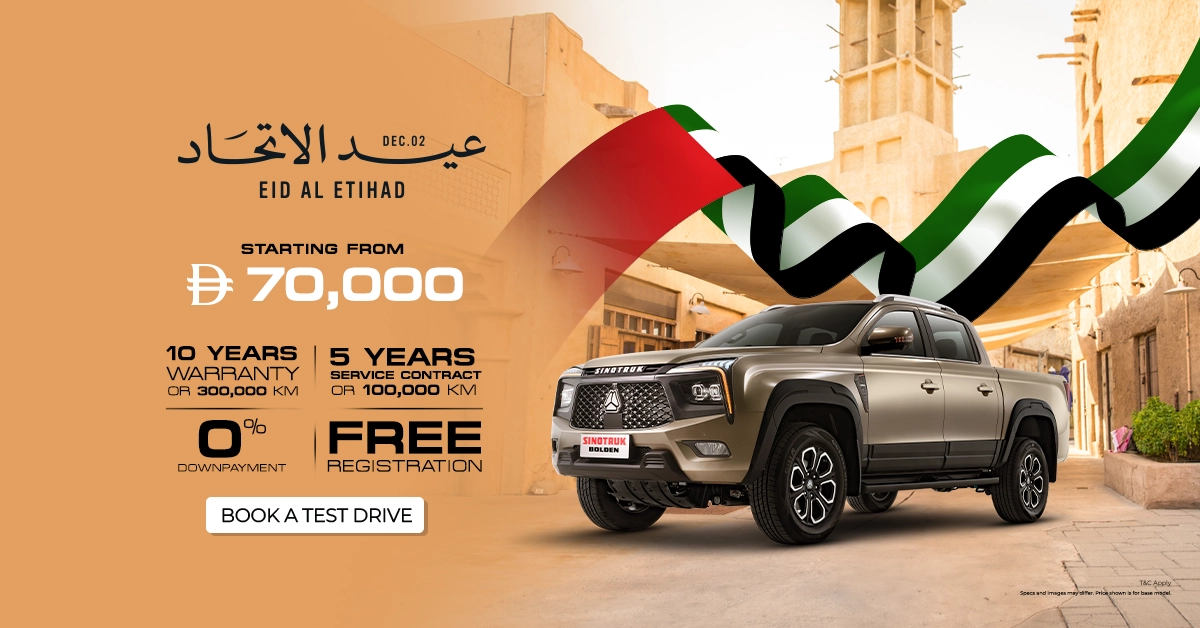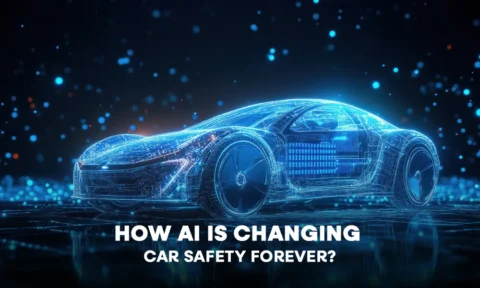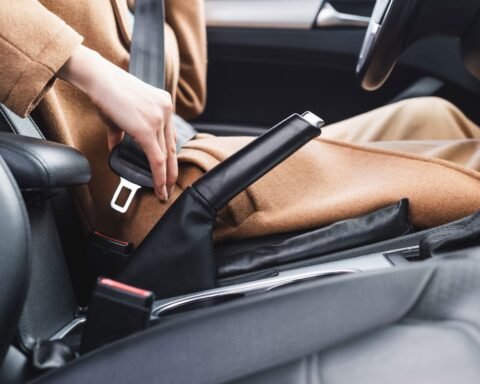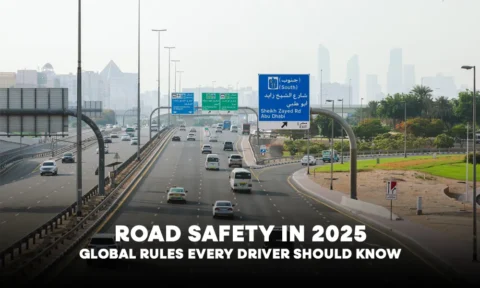What’s the first thing that you think about when you want to buy a car?
For most prospective car owners, it’s probably the make, model, horsepower, and interiors.
I used to think along the same lines, but after seeing the growing incidence of road accidents each year, my priorities have changed.
Peace of mind and safety now rank high on my list of considerations when choosing a new ride. I need to know that if things ever go wrong on the road, the car I’m in is built to keep me and my family safe.
Why Safety Ratings Matter More Than Ever
Roads are busier now, distractions are everywhere, and cars are faster and more hi-tech than they’ve ever been. That combo of factors makes it even more important to know which vehicles protect you best.
I’ve been following the annual crash test rankings released by organizations like the Insurance Institute for Highway Safety (IIHS), National Highway Traffic Safety Administration (NHTSA), and Euro New Car Assessment Program (Euro NCAP) for a while now. These organizations put cars through extreme testing conditions to see how their safety features hold up. Their findings give buyers like me confidence when shortlisting models.
If you’re wondering about the cars being sold in your country, you should know that each region has its own testing agency. To learn about the safety standards of the cars being sold in your country, check the ratings released annually by the agency that conducts the tests in your region.
The 2025 IIHS, Euro NCAP, and NHTSA results are out, and several models stood out for how they handled the toughest tests, from frontal collisions to side impacts and rollover scenarios.
Let’s take a look at the cars that topped the list for Europe and the US.
The Top Performers of 2025 (Europe & US)
These are the top performers of 2025 rated by Euro NCAP, IIHS, and NHTSA. These five models stand out for consistently strong results in 2025.
1. Tesla Model Y
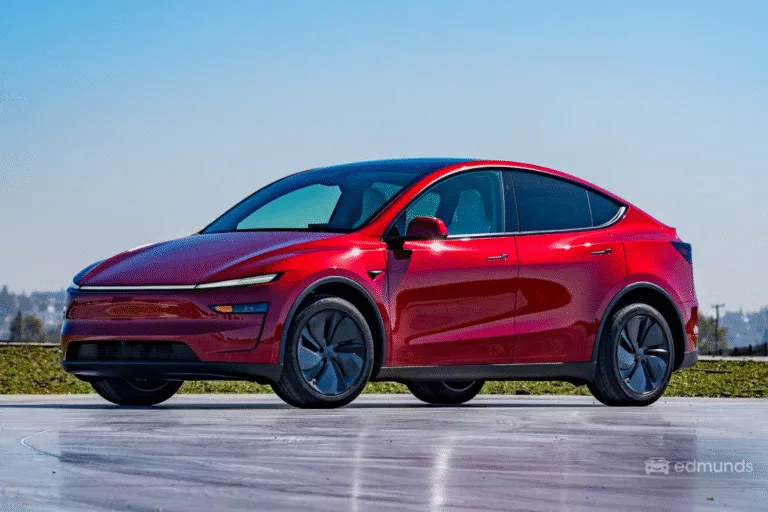
Tesla Model Y ranks among the safest EVs globally, with strong crash protection for adults and children, plus high marks for advanced driver assistance systems.
Highlights: Automatic Emergency Braking (AEB), lane departure prevention, and robust battery safety design.
2. Hyundai Ioniq 6
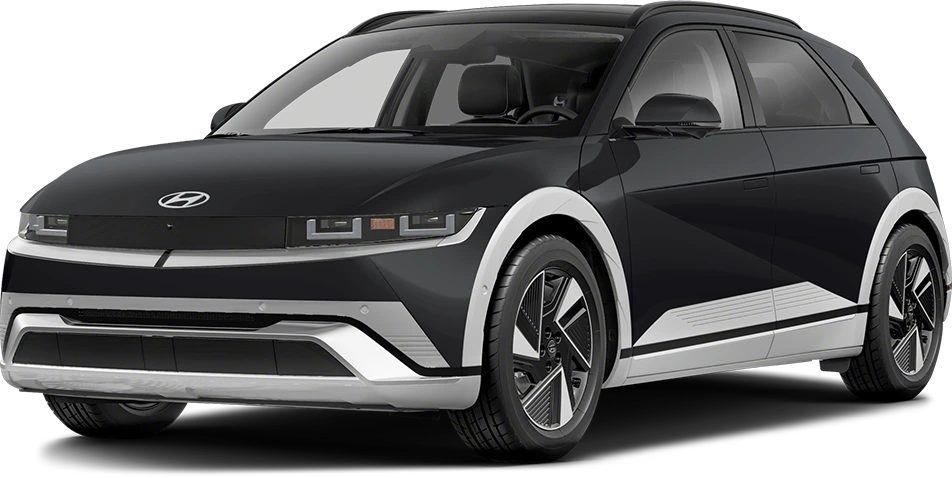
Strong across-the-board crashworthiness with excellent pedestrian crash avoidance systems has put the Hyundai Ioniq 6 on the list.
Highlights: High-strength body frame, top marks in small overlap front crash tests, solid lane-keeping systems.
3. Mercedes-Benz EQS SUV
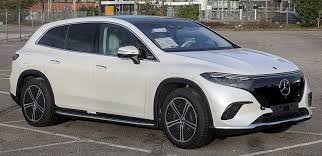
Luxury meets safety with the Mercedes-Benz EQS SUV. This car scores high for adult and child occupant protection, plus its advanced driver assist systems.
Highlights: Driver fatigue monitoring, advanced side impact protection, and AEB tuned for city and highway.
4. BMW X5
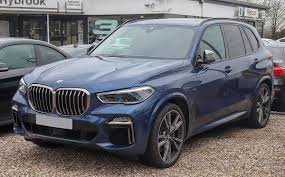
The BMW X5 is known for balancing performance with safety, and the 2025 X5 has aced tests across markets.
Highlights: Side impact protection, forward collision prevention, and strong results in rollover resistance.
5. Hyundai Tucson
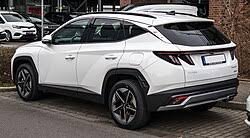
This family SUV performs above expectations in safety rankings. It scored consistently well across crash prevention, child safety, and passenger protection.
Highlights: Rear occupant reminders, blind-spot collision avoidance, and strong headlight ratings.
Top Performers of 2025 — Combined Safety Score Comparison
| Model | Euro NCAP | IIHS | NHTSA | Standout Features |
| Tesla Model Y | ★★★★★ | Top Safety Pick+ | ★★★★★ | Strong occupant protection, advanced AEB, robust battery safety |
| Hyundai Ioniq 6 | ★★★★★ | Top Safety Pick+ | ★★★★★ | Pedestrian safety focus, lane-keeping assist, high crashworthiness |
| Mercedes-Benz EQS SUV | ★★★★★ | Top Safety Pick+ | ★★★★★ | Luxury build with driver fatigue monitoring, advanced side impact safety |
| BMW X5 | ★★★★★ | Top Safety Pick+ | ★★★★★ | Rollover resistance, collision prevention tech, strong side-impact protection |
| Hyundai Tucson | ★★★★★ | Top Safety Pick+ | ★★★★★ | Family-focused SUV, blind-spot collision avoidance, child occupant safety |
These five models prove that safety isn’t dependent on size, luxury, or price point. From family-friendly SUVs like the Hyundai Tucson to premium options like the Mercedes EQS SUV, each of these cars excels across multiple global benchmarks.
Why These Results Stand Out
These top-performing cars didn’t just pass the safety tests. They performed impressively under intense testing conditions. I think it’s impressive how manufacturers are blending technology with strong structures to enhance the safety features of modern cars. Advanced smart features like cross-traffic alerts and automated braking are now working to prevent accidents before they even happen.
Cars That Fell Short in 2025 (Europe & US)
While many automakers have pushed safety standards higher, some models are still lagging. Let’s also take a look at 5 cars in 2025 that struggled in crash test results or missed the highest safety awards. These models didn’t meet the benchmark across one or more of the three agencies.
1. Mitsubishi Mirage
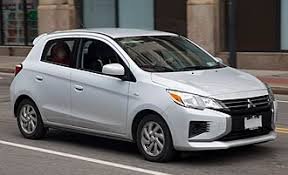
Despite being affordable, the Mirage still struggles with structural weakness in the small overlap front test. Its frontal crash performance is below average, leaving it less protective than its newer compact rivals.
2. Jeep Wrangler 2-Door

The Wrangler’s off-road design prioritizes ruggedness, but that comes at a cost to crash safety. Poor stability in overlap crashes and rollover concerns keep its ratings lower than those of other SUVs.
3. Dacia Spring
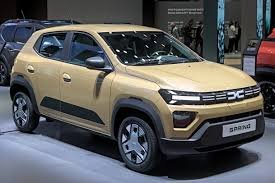
This budget EV earned one of the lowest scores for occupant protection in Euro NCAP testing. Outdated safety features and limited crash energy absorption hurt its overall safety profile.
4. Fiat 500
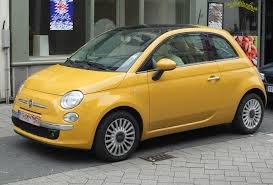
The Fiat 500, despite its stylish city-car appeal, has struggled in safety tests over the years. Euro NCAP and IIHS data highlight weak protection in small overlap front and side crashes, especially for adult occupants. Its compact frame and limited standard safety features mean it doesn’t perform as well as newer rivals that are built with stronger crash structures and advanced driver-assistance systems.
5. Chevrolet Spark
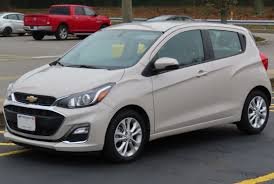
Although once a popular city car, the Spark’s aging design shows in side crash tests, where protection is only marginal. Budget-driven engineering means safety wasn’t prioritized compared with newer hatchbacks.
What These Results Mean
The cars listed here aren’t “unsafe” in the absolute sense, but compared to the top five performers, they didn’t meet the gold standard across all regions.
FAQs
Major agencies conducting these crash tests include Euro NCAP in Europe, IIHS in the US, and NHTSA, also in the US. Each has slightly different methods, but all are highly trusted.
Not always. While luxury brands often score well, several mid-range cars like the Hyundai Ioniq 6 have proven just as strong in safety tests.
EVs can be considered safer in certain respects, thanks to lower rollover risk due to heavy battery packs, but safety really depends on the design and structure of each model.
These tests are conducted every year, with new models being tested and the rating criteria becoming stricter to match real-world accident data.
Wrapping It Up
The 2025 crash test rankings are a reminder that no matter how advanced cars get, safety should never take a back seat. Some brands are proving their commitment, while others are falling behind. As buyers, it’s up to us to pay attention and make informed choices.
If you’re planning your next purchase, I’d say start with the safest cars on this year’s list. After all, horsepower might thrill, but safety is what keeps you around to enjoy the drive.
Want to know more about cars that balance safety, performance, and practicality? Head over to Ask About Cars for guides, comparisons, and updates.


